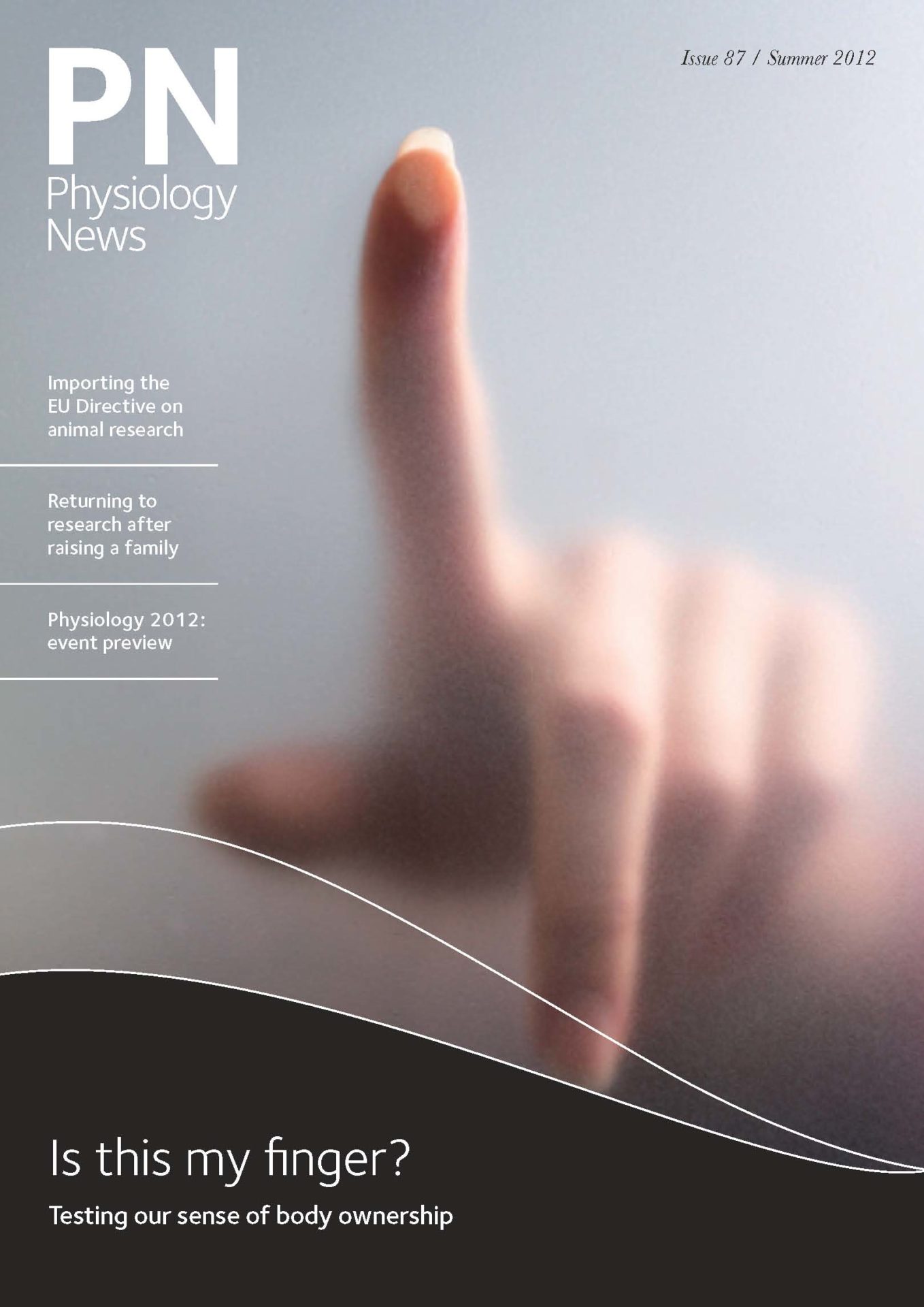
Physiology News Magazine
James Vincent Halliwell
1946–2012
Membership
James Vincent Halliwell
1946–2012
Membership
David Brown
https://doi.org/10.36866/pn.87.46
James was a long-standing Member of The Physiological Society and an innovative ‘hands-on’ neurophysiologist. He graduated in 1971 with a BSc in Psychology at Birkbeck College and completed a PhD (1974) in the Physiology Department at University College London (UCL) on the functional circuitry of the guinea-pig olfactory cortex under Ivor Gartside’s supervision.
After a postdoc at the Institute of Psychiatry (1974–8) James joined the MRC Group in the Department of Pharmacology at the School of Pharmacy. Following a brief return to UCL in 1987, he was appointed Reader in Physiology at the Royal Free Hospital School of Medicine. By default he rejoined UCL when the medical schools merged in 1998, and relocated his lab to the UCL main campus when he retired in 2003. James was still doing experiments at UCL, and at the School of Pharmacy with Andy Constanti, when he died of a stroke in March of this year.
James did trail-blazing research on many neurophysiological topics. His most highly cited paper (894 citations) was that with Paul Adams, in 1982, on membrane currents in voltage-clamped hippocampal neurons. This contained two ‘firsts’ – the identification of the M-current in a mammalian central neuron and the detection of the hyperpolarization-activated cation current in any neuron. This latter current they termed the ‘queer current’, IQ, by analogy with the just-described cardiac ‘funny’ current, If (both now designated Ih). The difficulties in doing this work at that time (before slice patch-clamping) cannot be over-estimated, involving fine micro-electrode impalement plus the then-new (and temperamental) Dagan switch-clamp amplifier. James subsequently used the same skills to obtain the first recordings of M-currents in human brain cells.
Another novel piece of research was that with Reg Docherty on transmission in the interpeduncular nucleus (IPN). Although innervated by the densest cholinergic tract in the brain (the habenulo-interpeduncular tract, HIT), it turned out that direct transmission from HIT to IPN was mediated by glutamate, not by acetylcholine. Instead, the principal effect of acetylcholine was on the presynaptic fibres in the HIT. These conclusions have been amply confirmed and only very recently has a slow postsynaptic nicotinic current been detected in the IPN.
Other examples of James’ pioneering work include: (1) the identification with Oliver Dolly of the ‘A-current’ as a target for α-dendrotoxin (α-DTX), generating the basis for Oliver’s subsequent use of α-DTX to purify Kv channel proteins and their associated α-subunits; (2) his highly cited work with Asun Colino dissecting the multiple actions of 5-HT on hippocampal pyramidal cells; and (3) the discovery of postsynaptic excitability changes accompanying LTP (with Laura Chavez-Noriega). James’ last published paper was as recent as 2010, and there is still much material awaiting publication.
James was the epitome of the well-rounded scientist. He was a delightful person to have around in a lab, totally unselfish, full of information and always willing to help and advise his colleagues (both junior and not-so-junior). He also had wide interests outside the lab, with a refined taste for food (and its preparation), wine and coffee, a love of France and Spain, and a passion for old motorcycles and jazz. His untimely death not only robbed us all of a consummate experimentalist and wonderful colleague, but also deprived him and his wife Sheila of the opportunity for fully enjoying these fruits of a good life.
